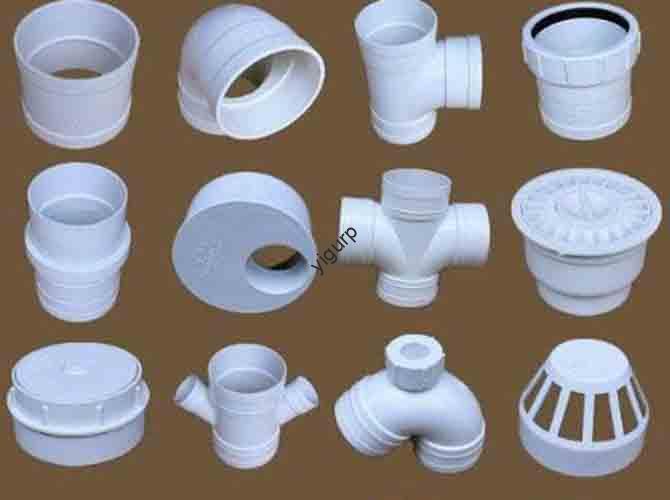В быстро развивающемся мире аддитивное производство, 3D Printing DLP (Цифровая обработка света) stands out as a game-changer for industries demanding precision, скорость, и качество. This guide breaks down how DLP technology works, its unmatched features, реальные приложения, and why it’s becoming a top choice for engineers, дизайнеры, and manufacturers worldwide.
1. How Does 3D Printing DLP Work?
DLP 3D printing relies on a фоточувствительная смола and a digital light chip to build parts layer by layer—with a key advantage: entire layers cure at once, unlike traditional “tracking” методы (НАПРИМЕР., FDM или SLA). Ниже приведен пошаговый разрыв процесса, plus a comparison to conventional layer-curing techniques.
1.1 Step-by-Step DLP Printing Process
- Prepare the Setup: A build platform is positioned above a reservoir filled with фоточувствительная смола.
- Project Layer Images: A DLP chip projects a high-resolution 2D cross-section of the part onto the resin surface.
- Cure Simultaneously: The exposed resin hardens instantly, forming one complete layer (no tracking needed).
- Layer-by-Layer Build: The build platform moves upward slightly, and the next cross-section is projected—repeating until the part is finished.
- Пост-обработка: Удалить часть, clean excess resin, и (Если требуется) cure it further to boost strength.
1.2 DLP против. Traditional Layer-Curing: Speed Comparison
| Особенность | 3D Printing DLP | Traditional Tracking Methods (НАПРИМЕР., СЛА) |
| Layer Curing Method | Entire layer cures at once | Laser tracks and cures one point at a time |
| Скорость печати | 2–5x faster for large-area parts | Помедленнее, Особенно для сложной геометрии |
| Поверхностная плавность | Naturally smooth (Минимальная пост-обработка) | Requires sanding/polishing |
2. Core Features of 3D Printing DLP
What makes DLP technology stand out? Its combination of precision, скорость, and versatility solves pain points for industries like healthcare, ювелирные изделия, и потребительские товары. Below are its most impactful features, with hard data to highlight performance.
| Особенность | Ключевые детали & Преимущества |
| Ultra-High Accuracy | Produces features as thin as 0.05 мм (50 Микроны) без видимых линий слоя. Поддерживает сложную геометрию (НАПРИМЕР., tiny medical implants). |
| Гладкая поверхность отделка | Achieves the smoothest surface among all 3D printing processes via digital polishing (combines software tuning and specialized resins). No sanding needed for most applications. |
| Минимальная постобработка | Cuts post-work time by 60–80% compared to FDM/SLA. Only requires resin cleaning and optional final curing. |
| High-Speed Large-Area Printing | Cures entire layers in seconds (НАПРИМЕР., a 100x100mm layer cures in <10с). Ideal for batch production of small parts. |
| Elastomeric Material Support | Prints high-viscosity elastomeric resins (НАПРИМЕР., for flexible medical devices) that outperform traditional foam-based products in durability and precision. |
| Transparent/Clear Printing | Uses a holistic resin-machine approach to create clear or colored transparent parts (НАПРИМЕР., medical lenses, Корпус потребительской электроники) with no clouding. |
| Direct Colored Part Printing | Eliminates dyeing steps by printing colored parts directly. Transforms consumer industries (НАПРИМЕР., Пользовательские игрушки, ювелирные изделия) with faster time-to-market. |
3. Real-World Applications of 3D Printing DLP
DLP’s unique strengths make it indispensable across high-precision and fast-turnaround industries. Below are its top use cases, с конкретными примерами.
3.1 Медицинская сфера
- Стоматология: Creates зубные короны, мосты, and aligners with 0.05mm precision—matching natural tooth shape and fit.
- Surgical Tools: Prints custom implant guides and plaster casts for pre-surgery planning, reducing operation time by 30%.
- Медицинские устройства: Produces flexible elastomeric parts (НАПРИМЕР., prosthetic liners) that are more comfortable and durable than traditional alternatives.
3.2 Jewelry Industry
- Wax Pattern Prototyping: Rapidly prints wax patterns for lost-wax casting—cutting prototype time from 3 Дни до 4 часы.
- Custom Metal Jewelry: Enables intricate designs (НАПРИМЕР., micro-patterned pendants) that are impossible with traditional machining.
3.3 Other Key Industries
- Продукт дизайн: Creates fine-part prototypes (НАПРИМЕР., Электронные компоненты) for testing form and function.
- Игрушки & Models: Prints high-detail, colored models (НАПРИМЕР., collectible figurines) directly—no painting or assembly needed.
- Аэрокосмическая: Produces small, точные части (НАПРИМЕР., Корпуса датчиков) with lightweight and high-strength resins.
Yigu Technology’s Perspective on 3D Printing DLP
В Yigu Technology, Мы видим 3D Printing DLP as a cornerstone of next-gen additive manufacturing. Его способность сбалансировать скорость, точность, and material versatility addresses our clients’ biggest challenges—from reducing medical device lead times to enabling custom jewelry mass production. We’ve integrated DLP into our solutions to help industries cut costs by 40–50% while improving part quality. As resins and DLP chips advance, we expect DLP to dominate high-precision sectors like micro-medical devices and luxury goods in the next 3–5 years.
Часто задаваемые вопросы: Common Questions About 3D Printing DLP
- Q.: Is 3D Printing DLP more expensive than other 3D printing methods?
А: Initial machine costs are higher than FDM, but DLP saves money long-term via faster printing, меньше постобработки, and lower material waste (30–50% less than SLA).
- Q.: Can DLP 3D printers use standard resins, or do they need specialized materials?
А: While some basic resins work, DLP performs best with DLP-optimized resins (НАПРИМЕР., elastomeric, прозрачный, or high-precision variants) to unlock its full potential (НАПРИМЕР., плавные поверхности, прозрачность).
- Q.: What’s the maximum part size DLP 3D printers can produce?
А: Most consumer/professional DLP printers handle parts up to 200x200x300mm. Industrial models can print larger parts (up to 500x500x600mm) for aerospace or automotive applications.
